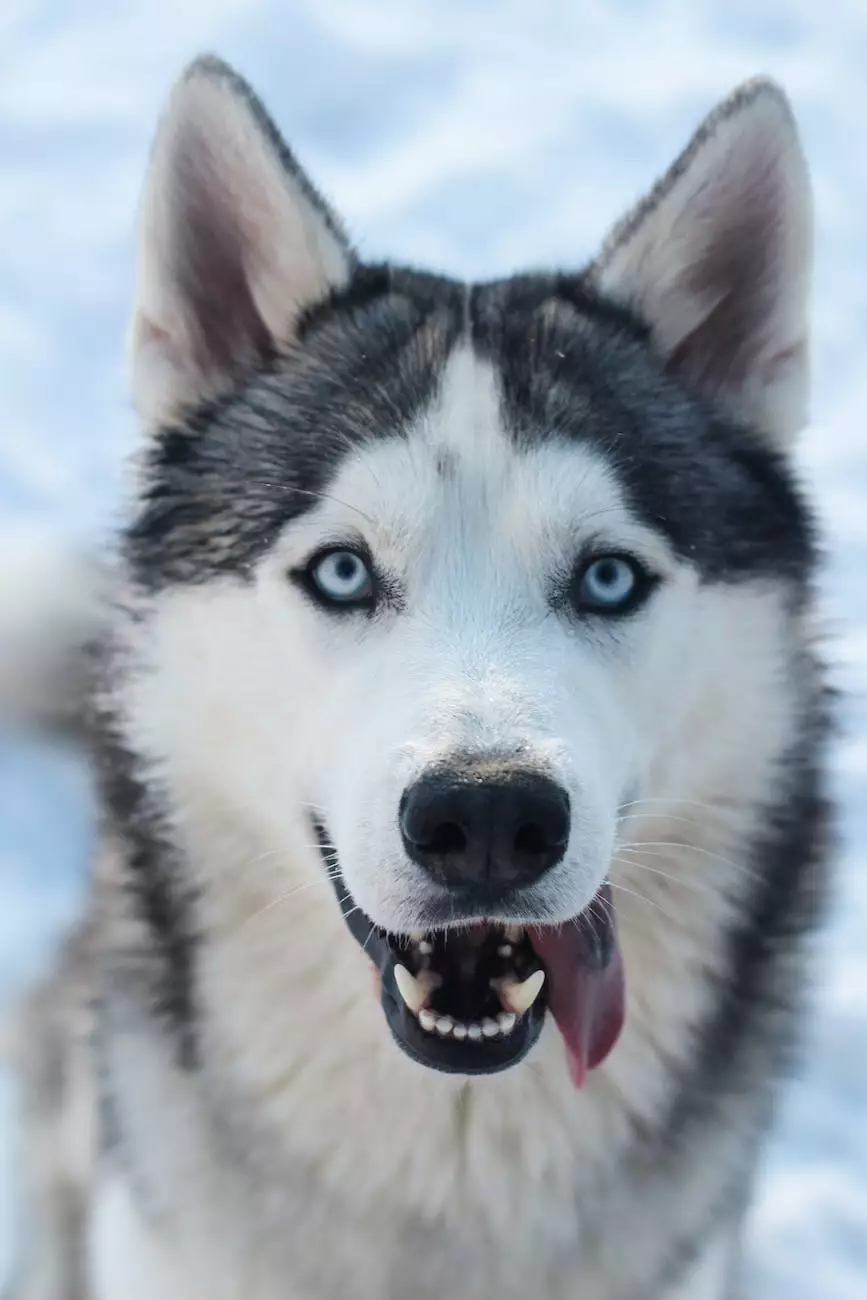De-Skunking Your Dog
Services
Introduction
Skunk encounters can be unpleasant for both dogs and their owners. When your furry friend gets sprayed, it's important to act quickly to minimize the odor and prevent any potential health issues. In this guide, Lasers4Horses, a trusted veterinarian in Winters, CA, provides you with expert tips and techniques to effectively de-skunk your dog.
Understanding Skunk Spray
Skunk spray contains sulfur compounds that are responsible for the strong, lingering odor. When a skunk feels threatened, it releases this spray as a defense mechanism. The spray can cause irritation to your dog's eyes, nose, and skin. It is important to take immediate action to minimize the effects.
Step-by-Step De-Skunking Process
Gather Supplies
Before you start the de-skunking process, make sure you have all the necessary supplies. You'll need:
- Rubber gloves
- Old towels or rags
- Dish soap
- Baking soda
- Hydrogen peroxide
- Bucket of warm water
Preparation
Choose a well-ventilated area to work in, preferably outdoors. It's essential to keep your dog from entering your home until the de-skunking process is complete. Ensure you have adequate lighting to thoroughly assess and clean your dog.
Removal of Excess Spray
Using rubber gloves, remove any excess skunk spray from your dog's fur. Be careful not to spread the spray to other areas of your dog's body. Use paper towels or old rags to blot the affected areas to remove as much of the spray as possible.
Initial Rinse
Begin by rinsing your dog with lukewarm water. This will help dilute the skunk spray and remove some of the odor. Wet your dog thoroughly, avoiding the eyes, nose, and mouth. Use a gentle stream of water and ensure all affected areas are rinsed properly.
Deodorizing Solution
Create a deodorizing solution by mixing 1 quart of hydrogen peroxide, ¼ cup of baking soda, and 1-2 teaspoons of dish soap. Stir the mixture well to ensure proper blending. Apply the solution to your dog's fur, starting from the neck and working your way down. Make sure to cover all affected areas and allow the solution to sit for 5-10 minutes.
Rinse and Repeat
Rinse your dog thoroughly with lukewarm water to remove the deodorizing solution. Make sure to rinse all areas properly, paying close attention to the face, ears, paws, and tail. Repeat the deodorizing process if necessary, especially if the skunk odor persists.
Drying and Monitoring
Once your dog is rinsed, use old towels or rags to gently pat dry. Avoid vigorous rubbing, as it may cause skin irritation. Keep a close eye on your dog for any signs of discomfort or adverse reactions. If you notice any unusual symptoms, contact your veterinarian immediately.
Additional Tips
Here are some additional tips to keep in mind during the de-skunking process:
- Do not use any products that contain bleach, as they may cause harm to your dog.
- Keep your dog away from any other pets or furniture until the odor is completely gone.
- Wash any clothing or bedding that came into contact with the skunk spray separately from other items.
- Consider using an odor-neutralizing spray or shampoo specifically designed for de-skunking dogs.
- Consult with your veterinarian for further guidance and advice.
Conclusion
De-skunking your dog can be a challenging process, but with the right techniques and supplies, you can effectively remove skunk odor and ensure the well-being of your furry friend. Lasers4Horses, your trusted veterinarian in Winters, CA, hopes that this comprehensive guide has provided you with valuable insight and assistance in de-skunking your dog. Remember to act quickly, follow the step-by-step process, and monitor your dog closely for any signs of discomfort. Enjoy a skunk-free environment and a happy, fresh-smelling pup!



